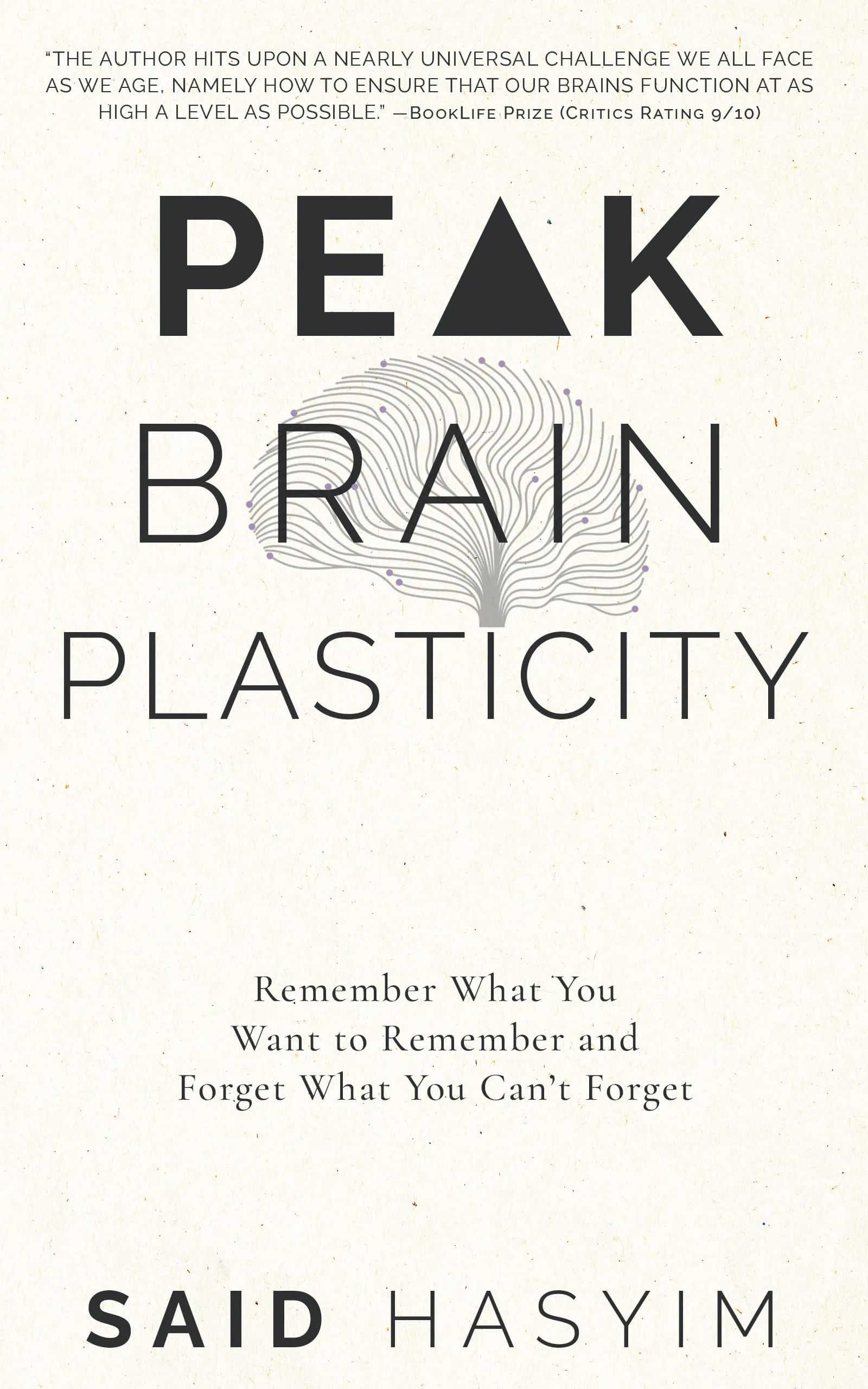Using Mind Mapping for Memory Enhancement
Memory is a fundamental aspect of our daily lives, influencing how we learn, communicate, and interact with the world around us. As the volume of information we encounter continues to grow, improving our memory has become a priority for many. One particular technique that has gained traction in the realm of memory enhancement is mind mapping. This visual representation of ideas helps to organize information, making it easier to recall and understand. In this blog post, we will explore the concept of mind mapping, its benefits for memory enhancement, and practical tips on how to implement it effectively.
What is Mind Mapping?
Mind mapping is a diagrammatic technique that represents ideas, tasks, and concepts in a visual format. Developed by Tony Buzan in the 1960s, mind mapping allows users to explore their thoughts in a non-linear, engaging manner, making connections between various pieces of information. Each mind map starts with a central idea, which branches out into related topics, further breaking down into subtopics and details. This spatial representation aligns closely with the way our brains naturally function, making it a powerful tool for memory enhancement.
Benefits of Mind Mapping for Memory Enhancement
1. Visual Learning
One of the primary benefits of mind mapping is its ability to cater to visual learners. By utilizing colors, images, and shapes, mind maps make information more engaging and easier to comprehend. Visual elements can trigger memory recall by creating associations that traditional note-taking methods may not.
2. Enhanced Organization
Mind maps help organize thoughts hierarchically, which can simplify complex ideas, making them easier to digest. This organization reduces cognitive overload, allowing you to focus on the relationships between concepts and aiding in better retention of information.
3. Increased Engagement
When you create a mind map, you actively participate in the learning process. This engagement boosts your interest in the material, making the information more memorable. The act of drawing and structuring information helps the brain encode memories more effectively than passive reading alone.
4. Improved Creativity
Mind mapping encourages free-flowing thoughts, allowing you to approach problems creatively. This can lead to innovative solutions and broaden your understanding of a topic. The very act of branching out ideas can unlock new connections and insights that are crucial for memory retention.
5. Better Recall Through Association
By visualizing relationships between concepts, mind mapping leverages the natural associative capabilities of our brains. When you encode information in a visual format, you create a network of associations that enables quicker recall. Each branch of the mind map serves as a cue that can trigger memory recall during studying or discussions.
How to Create an Effective Mind Map
Creating a mind map is a simple process, but there are best practices to follow for optimal results. Here’s a step-by-step guide to help you get started:
Step 1: Start with a Central Idea
Choose a central idea or topic that you want to explore. Write it down in the center of your page and encircle it. This is the focal point from which your mind map will expand.
Step 2: Branch Out Subtopics
Identify the main subtopics related to your central idea. Draw branches extending from the central idea and label each branch with its corresponding subtopic. Use keywords rather than long sentences to keep it concise.
Step 3: Include Details and Connections
For each subtopic, add additional branches for supporting information, examples, or further subdivisions. Don’t hesitate to create connections between different branches, as this can enhance your understanding and recall of how concepts relate to one another.
Step 4: Utilize Colors and Images
Incorporate colors, symbols, or images to make your mind map visually appealing. This not only improves memorization but can also enhance your engagement and motivation to review the content.
Step 5: Review Regularly
Once your mind map is complete, revisit it periodically. Reviewing mind maps reinforces the material in your memory, allowing connections and concepts to strengthen over time.
Tips for Maximizing the Impact of Mind Mapping
Choose the Right Tools: While traditional pen-and-paper methods work well, various digital tools and apps offer flexible options for creating mind maps. Experiment and find what suits you best.
Limit Information Overload: Aim for brevity when labeling branches. Too much information can defeat the purpose of a mind map, leading to potential confusion rather than clarity.
Stay Organized: Use a clear and consistent structure. Consider hierarchical arrangements that reflect the importance of information, helping you prioritize what is essential for recall.
Personalize Your Mind Map: Tailor your mind maps to fit your style of learning. Whether that includes doodles, colors, or personal anecdotes, making the map yours can enhance the memorization process.
Practice Regularly: Like any other skill, practice is key to mastering mind mapping. Experiment with different topics to see what techniques resonate most with your learning style.
Conclusion
Mind mapping is a versatile and powerful technique for memory enhancement. By visually organizing ideas and concepts, individuals can leverage their natural cognitive processes to enhance understanding and retention. As you explore and implement mind mapping in your own learning journey, remember to customize your approach and embrace creativity in the process. Not only can this strategy make information more memorable, but it can also make your learning experience more enjoyable. Start mapping today and discover the profound impact it can have on your memory and overall learning!
Harness the Power of Neuroplasticity
Discover Peak Brain Plasticity, a practical book to harnessing neuroplasticity. Enhance your memory, learn new languages quickly, and alleviate anxiety with effective study methods. Uncover daily habits that impact cognitive health and explore techniques for accelerated learning and memory retention. Unlock your brain's potential for growth and transformation.
